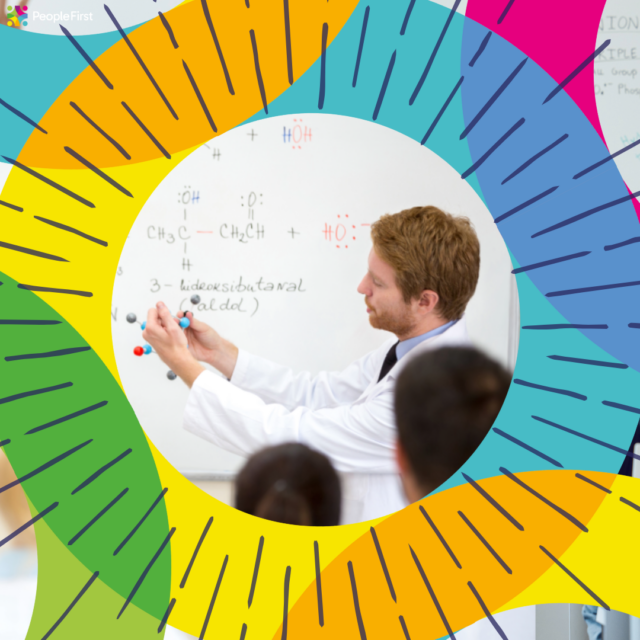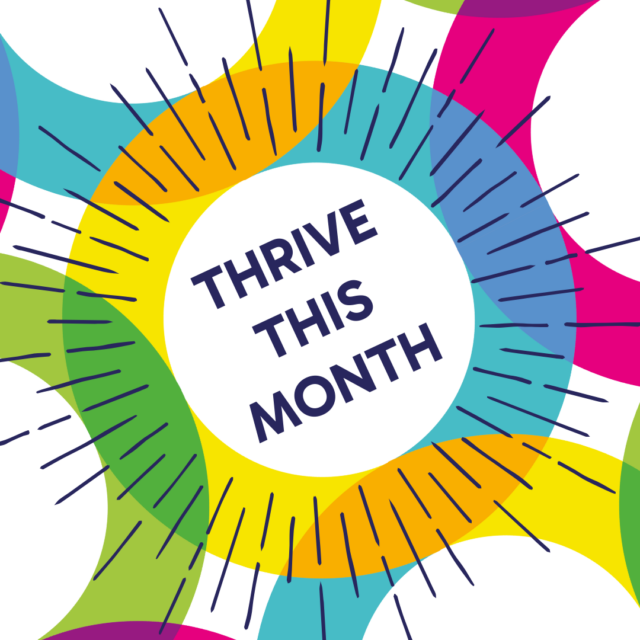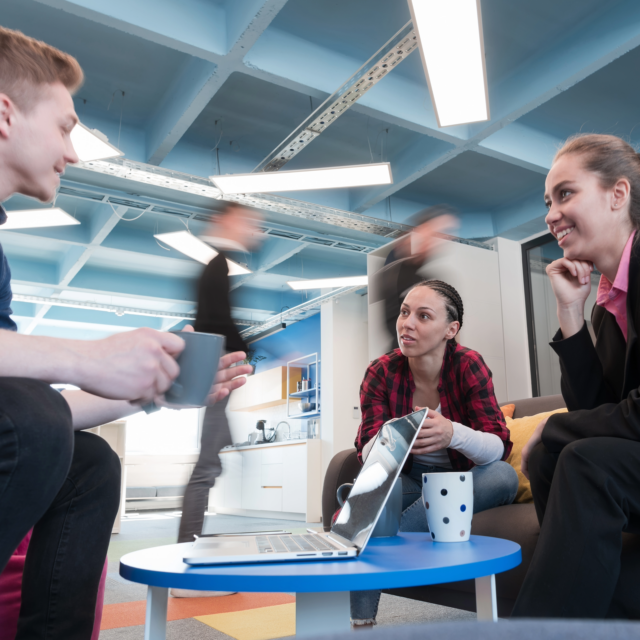
17 July 2024
Envisioning the Ideal Workday
As a forward-thinking employer, have you ever considered what a typical day in your ideal workplace would look like? Envisioning this can guide you in creating an environment where employee wellbeing, productivity, and satisfaction flourish. In this blog, we explore the elements of an ideal workday from the employer’s perspective, including reflection questions and actionable steps to make this vision a reality.
Ideal workday – Morning Routine: Setting the Tone for Success
Reflection Questions:
- How does your company’s morning routine set the tone for the day?
- What practices can you implement to help employees start their day positively?
Ideal Scenario Example:
The day begins with a calm and organised morning routine. A structured morning briefing or check-in aligns the team’s goals and priorities, fostering a sense of purpose and direction. The workspace is welcoming, with natural light and comfortable seating, creating a productive atmosphere from the start.
Actionable Steps:
- Introduce daily morning briefings to align team objectives.
- Ensure workspaces are well-lit and ergonomically designed to enhance comfort and focus.
What do you need to do to set the tone for success?
Ideal workday – Midday: Balanced Workload and Collaborative Culture
Reflection Questions:
- How balanced is your employees’ workload throughout the day?
- What opportunities are there for meaningful interactions and collaboration?
Ideal Scenario Example:
By midday, employees are managing their tasks effectively, thanks to comprehensive time management training and regular workload assessments. Breaks are encouraged, with designated areas for relaxation and informal gatherings. The workplace culture supports collaboration and creativity through team projects and open communication.
Actionable Steps:
- Offer training sessions on time management and task prioritisation.
- Create spaces for relaxation and informal interaction to encourage breaks and teamwork.
What do you need to do to balance workload and create a collaborative culture?
Ideal workday – Afternoon: Encouraging Personal Growth and Fulfilment
Reflection Questions:
- What opportunities for personal and professional growth do you provide during the workday?
- How fulfilling are the tasks your employees engage in?
Ideal Scenario Example:
In the afternoon, employees have access to professional development opportunities such as workshops and training sessions, promoting continuous learning and growth. Tasks are aligned with employees’ skills and interests, providing a sense of accomplishment and purpose.
Actionable Steps:
- Provide regular opportunities for professional development and training.
- Ensure tasks and roles are aligned with employees’ strengths and interests to enhance job satisfaction.
What do you need to do to encourage personal growth and fulfilment?
Ideal workday – End of Day: Reflection and Preparation for Tomorrow
Reflection Questions:
- How do you facilitate the transition from work to personal time for your employees?
- What practices can help employees reflect on their achievements and prepare for the next day?
Ideal Scenario Example:
As the workday ends, employees have a structured routine for winding down. Regular end-of-day check-ins allow them to reflect on their achievements and plan for the next day. This helps them transition smoothly from work to personal time, contributing to a healthy work-life balance.
Actionable Steps:
- Implement end-of-day routines that encourage reflection and preparation for the next day.
- Celebrate daily achievements and recognise contributions to reinforce a positive work environment.
What do you need to do to encourage employees to prepare for tomorrow?
Steps to Make It Better
To realise this vision, consider these actionable steps:
- Enhance Physical Surroundings: Create a workspace that is comfortable, well-lit, and conducive to productivity. Personalise the environment to reflect the company’s values and aesthetics.
- Foster Positive Interactions: Organise team-building activities and create opportunities for informal interactions. Encourage a culture of open communication and collaboration.
- Promote Workload Balance: Implement effective task management strategies and regularly assess workloads to ensure fairness. Offer flexible work arrangements to help employees balance their professional and personal lives.
- Support Personal Growth: Provide access to continuous learning opportunities and encourage employees to set and pursue personal and professional goals.
- Implement Reflective Practices: Establish routines for starting and ending the day with reflection and planning. Regularly celebrate achievements and recognise contributions to reinforce positive behaviours.
Conclusion
As an employer, envisioning and creating an ideal workday is a powerful tool for enhancing employee wellbeing and organisational success. By reflecting on your current practices and identifying areas for improvement, you can take proactive steps to create a workplace where productivity and happiness thrive.
If you need support in transforming your workplace, our consultancy services are here to help. Together, we can build a workplace where both productivity and employee satisfaction are paramount.





